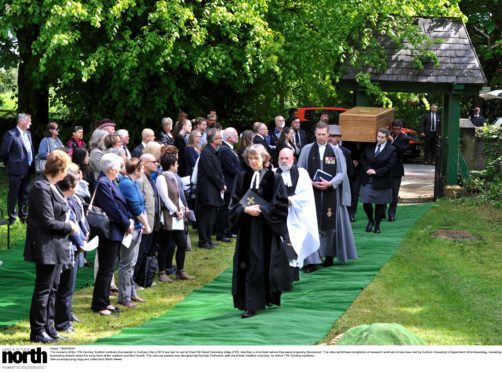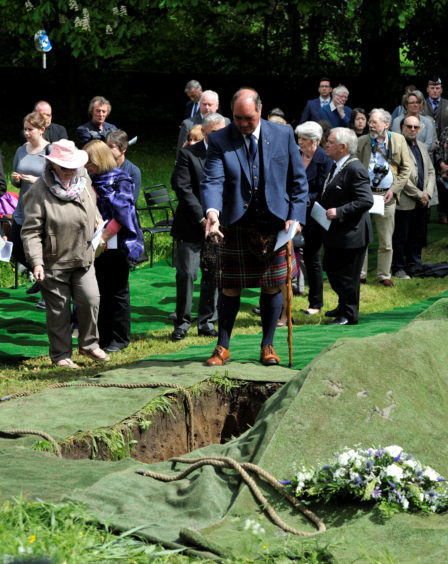The bodies of Scottish soldiers which were dumped in a mass grave in Durham following one of the most brutal, bloody and short battles of the 17th Century civil wars, have finally been given a proper funeral.
On September 3 1650, the English Parliamentarian army, under the command of Oliver Cromwell, defeated the Royalist-supporting Scottish Covenanting army, including local regiments Lord Brechin’s Horse and Lord Lindsay’s Horse, commanded by General Sir David Leslie.
In just under one hour, Cromwell’s better trained and more disciplined army routed the Covenanters, with modern estimates suggesting 6,000 Scots were captured, with around 1,000 sick and wounded allowed to return home.
For the remaining prisoners, the battle was just the beginning of their ordeal.
Of the more than 4,000 battle weary and undernourished troops that were marched more than 100 miles south to Durham, around 1,000 are believed to have died from hunger, exhaustion and disease – although some escaped.
The survivors, mostly imprisoned in Durham cathedral, burned the pews in order to keep warm, and despite claims that the prisoners were given food and milk, as well as straw to sleep on, another 1,700 succumbed to the conditions they were kept in.
Where they were buried remained a mystery for 400 years, until an excavation in 2013 finally revealed that the bodies had been carelessly tossed into two pits and the location forgotten.
A simple graveside ceremony was held at Elvet Hill Road Cemetery in Durham on Friday, less than a mile from where they were found, and people attending the service were offered the opportunity to scatter a handful of Scottish soil into the grave.
The reburial service was organised by Durham Cathedral and representatives from the Church of Scotland and the Scottish Episcopal Church attended.
Metrical psalms from the 1650 Scottish Psalter and a bible reading from the 1611 King James Version were included in the service.
Canon Rosalind Brown, of Durham Cathedral, said: “The simple graveside ceremony not only reflects the traditions of the 17th Century but is also respectful of the circumstances that led to these men dying in Durham.
“The service draws on the liturgical materials principally from Scottish traditions and the rites of the Church of Scotland, and in a spirit of ecumenism and reconciliation, honours the memory of the soldiers and commends them to God.”
Brechin and Edzell Conservative Councillor Gavin Nicol represented Angus at the poignant ceremony.
Mr Nicol said: “I take it as a great honour to be asked to attend this ceremony, and I would like to thank the University of Durham, and everyone involved in this process for the sensitive and professional way their staff have conducted not only the excavation, but the also the consultation process of deciding where the final resting place of these poor souls should be.”
“This was a brutal day in a tumultuous period in Scottish history, and the fact that so many of these men died during the march, and subsequent imprisonment, is testament to that.”

